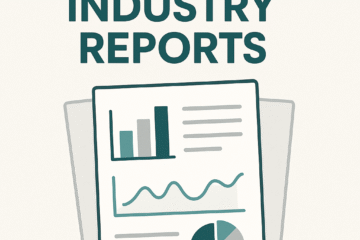Organizational culture, often perceived as immeasurable and not directly actionable, is frequently misunderstood. Some view it as irrelevant, while others oversimplify its complexity, suggesting quick fixes through projects or equating it with mere perks. Additionally, the misconception that culture is solely HR’s responsibility is common. These views overlook the essence of organizational culture, which is an outcome of our actions or, more precisely, our behavioral patterns. While it’s true that leadership significantly shapes culture, understanding our current cultural state is essential. By measuring it, we can collectively envision our desired future and consciously shift our behaviors to reach that goal. Today, I’ll delve into the “where are we now” and “where do we want to get” aspects, exploring cultural models and typologies alongside their associated assessments, which help us describe and measure organizational culture. So, let’s begin.
Several models appear similar at first glance, with a 2×2 matrix format based on two scales. These scales could range from low to high or represent two polarities, creating four distinct culture types, each with a unique blend of characteristics. While in reality, organizations often exhibit traits from all four quadrants, surveys typically reveal a tendency towards one or two dominant cultures.
- Schneider Model: Based on the possibility-reality and people-company scales, this model identifies four quadrants: Control, Collaboration, Cultivation, and Competence. I initially used this model for organizational cultural assessments before transitioning to the Competing Values Framework (CVF).
- Cameron & Quinn Competing Values Framework: This framework uses focused-flexible and internal-external dimensions to create four quadrants: Create (Adhocracy), Compete (Market), Control (Hierarchy), and Collaborate (Clan). The Organizational Culture Assessment Instrument (OCAI) is a quantitative survey tool used to assess culture type. I have frequently applied this model in organizational assessments.
- Goffee & Jones Model: This model uses sociability and solidarity scales (ranging from low to high) to form four quadrants: Networked, Communal, Fragmented, and Mercenary.
- Deal & Kennedy Model: This model categorizes cultures based on “feedback and reward” and risk levels (both from low to high) into four quadrants: Process Culture; Work Hard, Play Hard Culture; Tough Guy, Macho Culture; and Bet Your Company Culture.
- Charles Handy’s Organizational Culture: Unlike the 2×2 matrix models, this framework identifies four culture types without scales: Power Culture, Role Culture, Task Culture, and Person/Support Culture, highlighting cultures related to different organizational structures.
- Denison Organizational Culture Model: This model assesses organizational effectiveness based on four cultural traits: Mission, Adaptability, Involvement, and Consistency. It differs from the others by emphasizing a “more is better” approach in assessing organizational capabilities.
- Edgar Schein’s Model: Focuses on three interconnected levels of organizational culture: Artifacts, Espoused Values, and Basic Underlying Assumptions. This model differs significantly from the above typologies.
- Westrum’s Organizational Typology: Describes three organizational culture types: Pathological, Bureaucratic, and Generative. While each type has distinct characteristics, the preferred state is clearly implied. This model is widely used in DevOps Research and Assessment (DORA).
That concludes the list. Are you familiar with or have you used any other models in working with culture? I’d be interested to hear about your experiences with these models or any others you’ve encountered.
